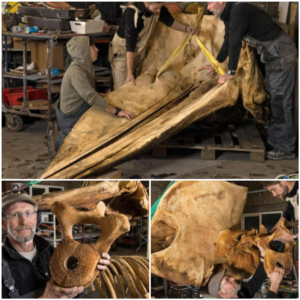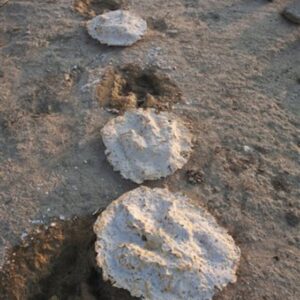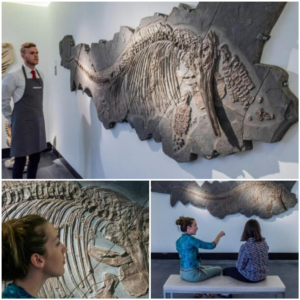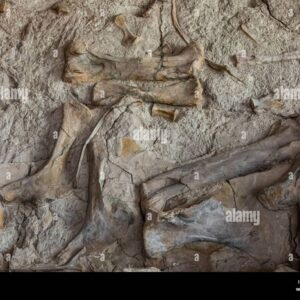The construction of the ancient pyramids has long been one of history’s most captivating mysteries. These monumental structures, primarily found in Egypt, continue to fascinate researchers, historians, and the general public alike. Despite extensive studies and theories, the precise methods used to build these architectural marvels remain shrouded in enigma.
The Great Pyramid of Giza, constructed around 2580–2560 BC for the Pharaoh Khufu, stands as a testament to ancient engineering prowess. With a height of approximately 146.6 meters (481 feet), it was the tallest man-made structure in the world for over 3,800 years. Its construction involved moving and assembling millions of limestone blocks, each weighing several tons.

For many years, scholars have debated various theories regarding how the pyramids were built. The most widely accepted theories include:
1. **Ramps**: The ramp theory suggests that massive ramps were constructed to haul the heavy stones to the pyramid’s higher levels. These ramps could have been straight, zigzagging, or even circular around the pyramid.
2. **Lever Systems**: Another theory posits that workers used levers to lift the stones into place. This method would have required sophisticated knowledge of mechanics and coordination among the labor force.
3. **Water Power**: Some researchers propose that water was used to aid in transporting the blocks. By creating a series of canals and utilizing the buoyancy of water, it might have been possible to move the massive stones more easily.

Advancements in technology and new archaeological discoveries continue to shed light on the pyramid construction methods:
1. **Internal Ramps**: A recent theory suggests that the pyramids were built using internal ramps. French architect Jean-Pierre Houdin proposed that an internal spiral ramp was used to transport the blocks to higher levels. This theory is supported by 3D modeling and scans that reveal anomalies within the pyramid’s structure.
2. **Ancient Tools and Techniques**: Discoveries of ancient tools and worker settlements provide insights into the daily lives of the laborers. These findings suggest that the construction involved a highly organized workforce, skilled in quarrying, transporting, and placing the stones with remarkable precision.
3. **Geological Evidence**: Studies of the geological layers and materials used in pyramid construction indicate that the ancient Egyptians possessed an advanced understanding of their natural environment. The selection of specific types of limestone and the use of local resources reflect their expertise in geology.
The construction of the pyramids was not only a technical feat but also a monumental social endeavor. It is believed that tens of thousands of workers were involved, including skilled laborers, architects, engineers, and support staff. Recent evidence suggests that these workers were not slaves but rather a paid workforce that lived in nearby temporary cities. This organized labor force was well-fed and provided with medical care, indicating a high level of societal organization and resource management.

Beyond the engineering marvel, the pyramids held profound spiritual and cultural significance. They were constructed as tombs for pharaohs, believed to facilitate their journey to the afterlife. The alignment of the pyramids with celestial bodies, such as the Orion constellation, further emphasizes their importance in ancient Egyptian cosmology.
The enigma of pyramid construction continues to intrigue and inspire. While significant progress has been made in understanding the methods and organization behind these ancient wonders, many questions remain unanswered. The Great Pyramid of Giza and its counterparts stand as enduring symbols of human ingenuity, representing the pinnacle of ancient engineering and the profound cultural legacy of the Egyptians. As research and technology advance, we may one day fully unravel the mysteries of how these monumental structures were built, revealing even more about the remarkable civilization that created them.




